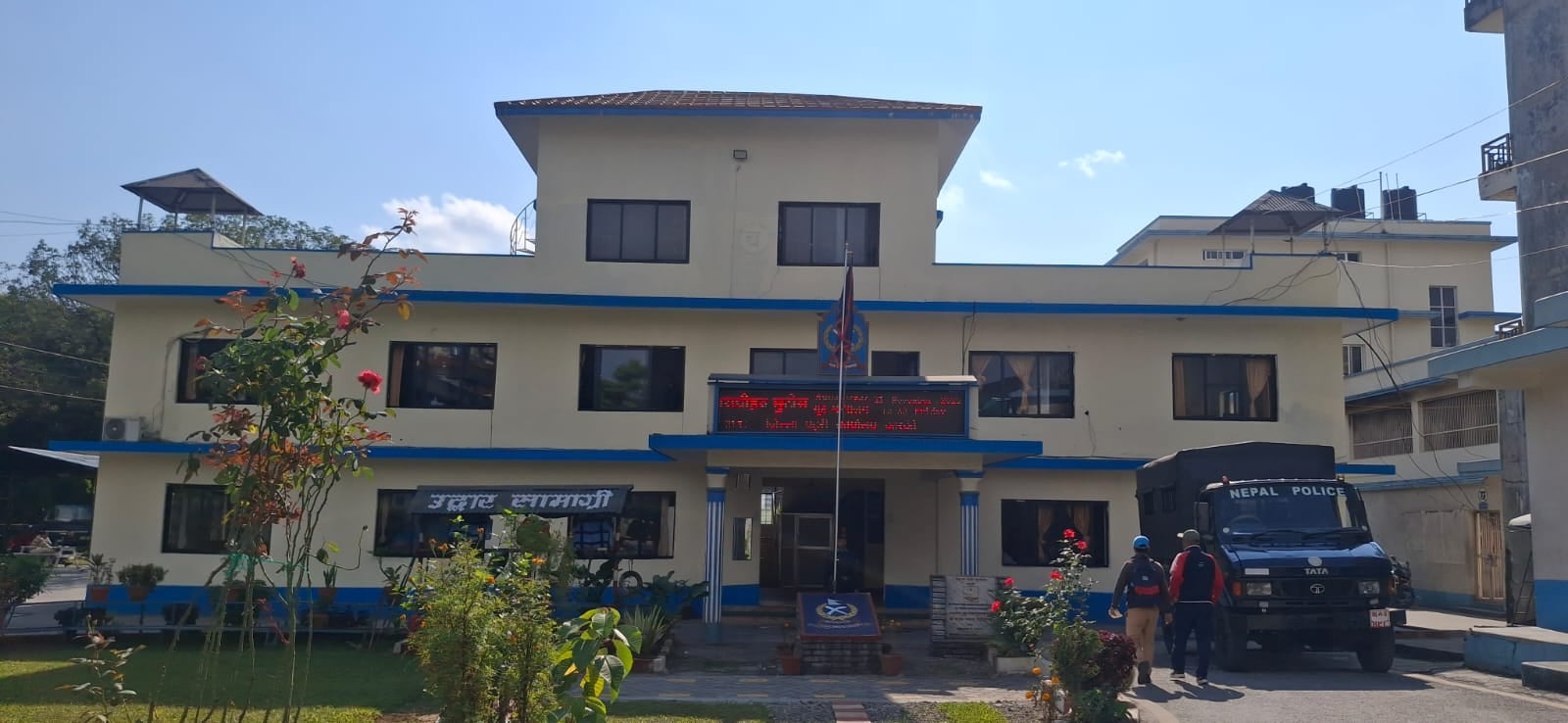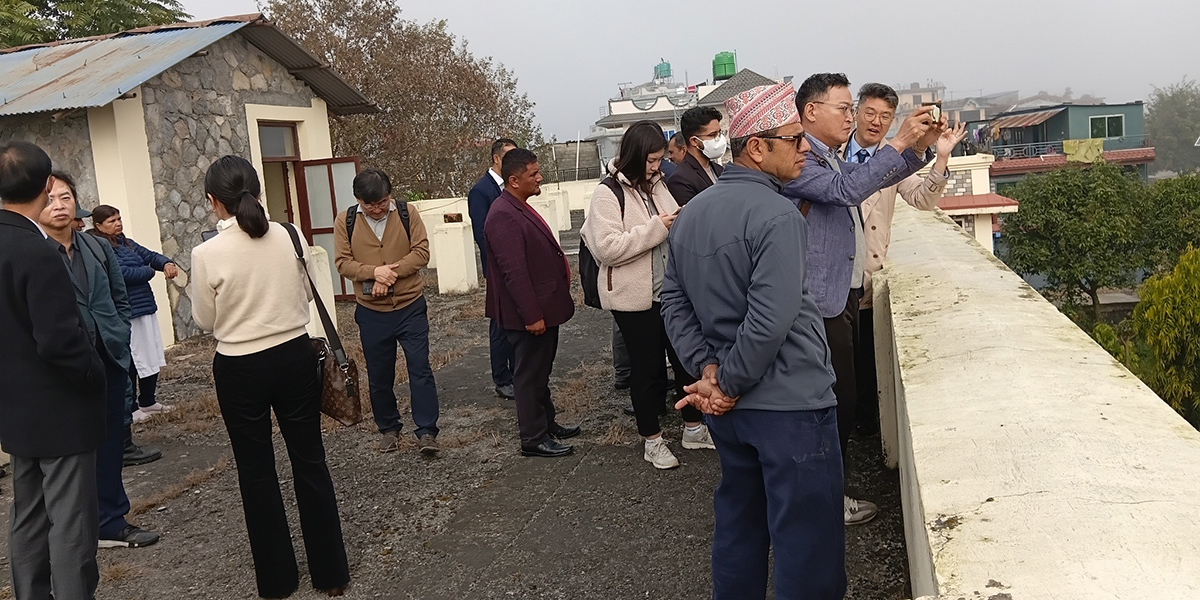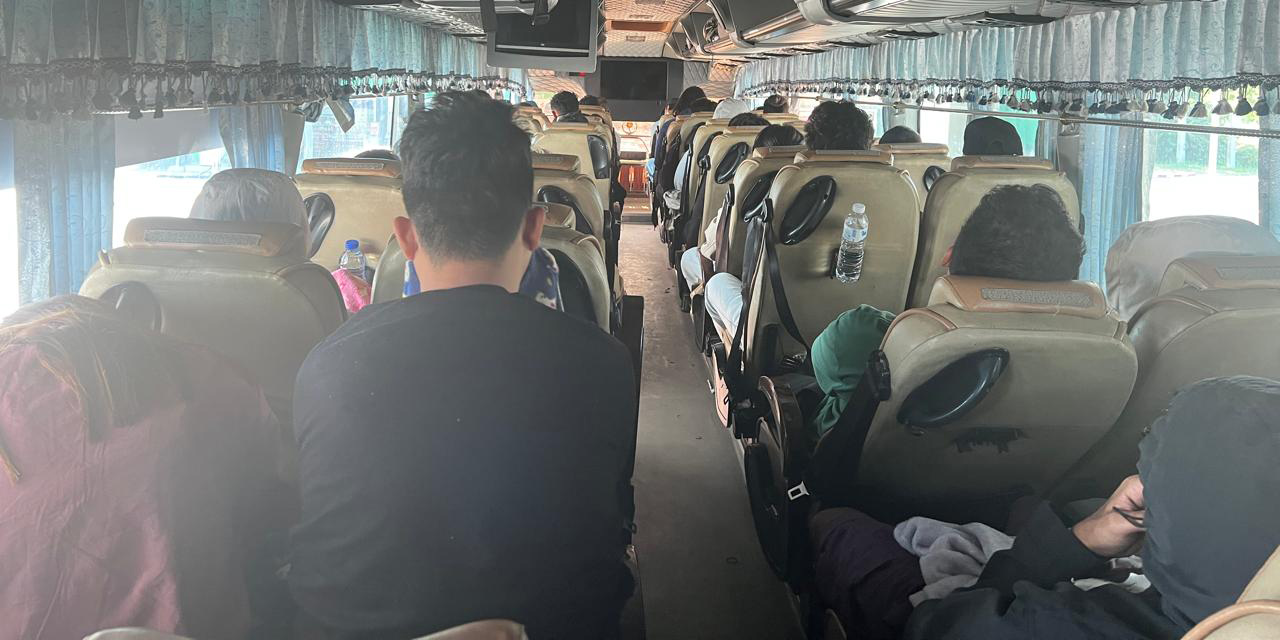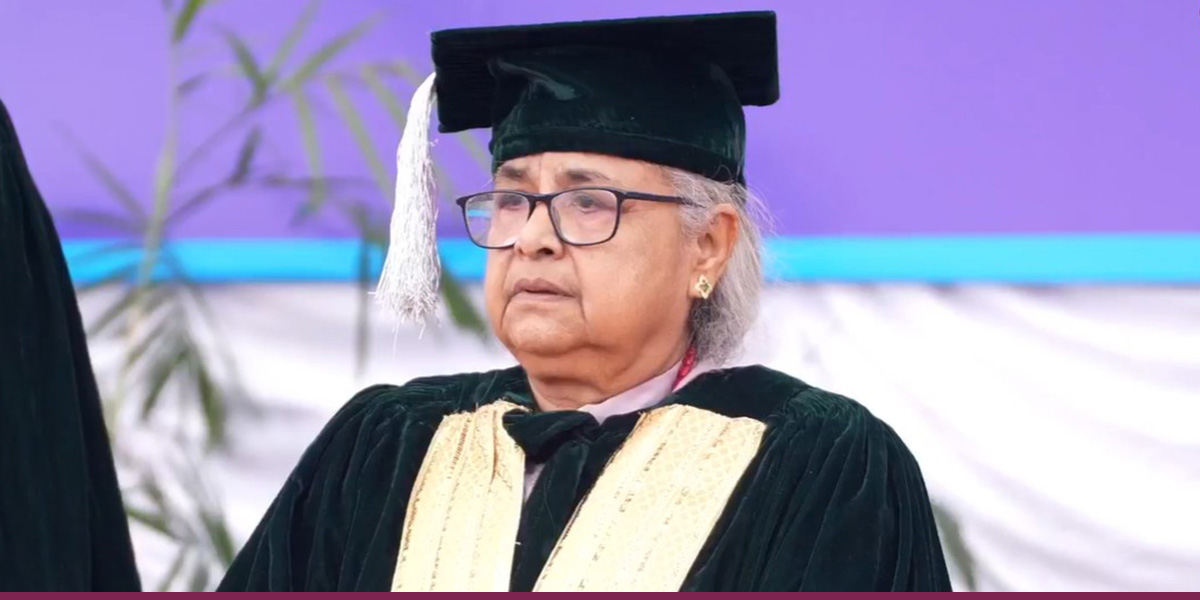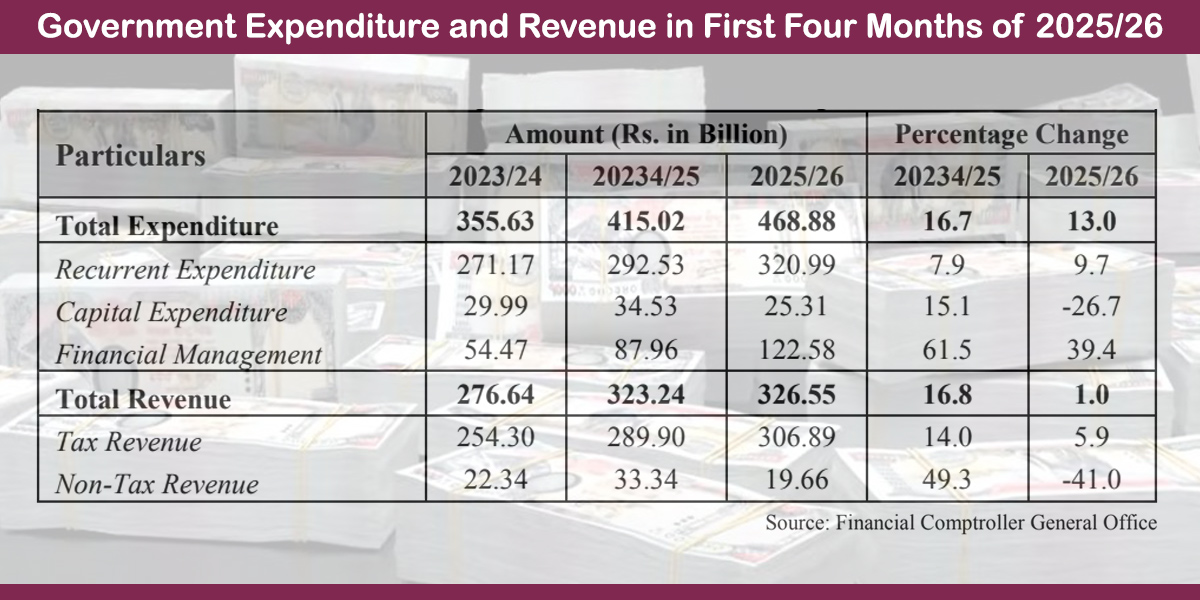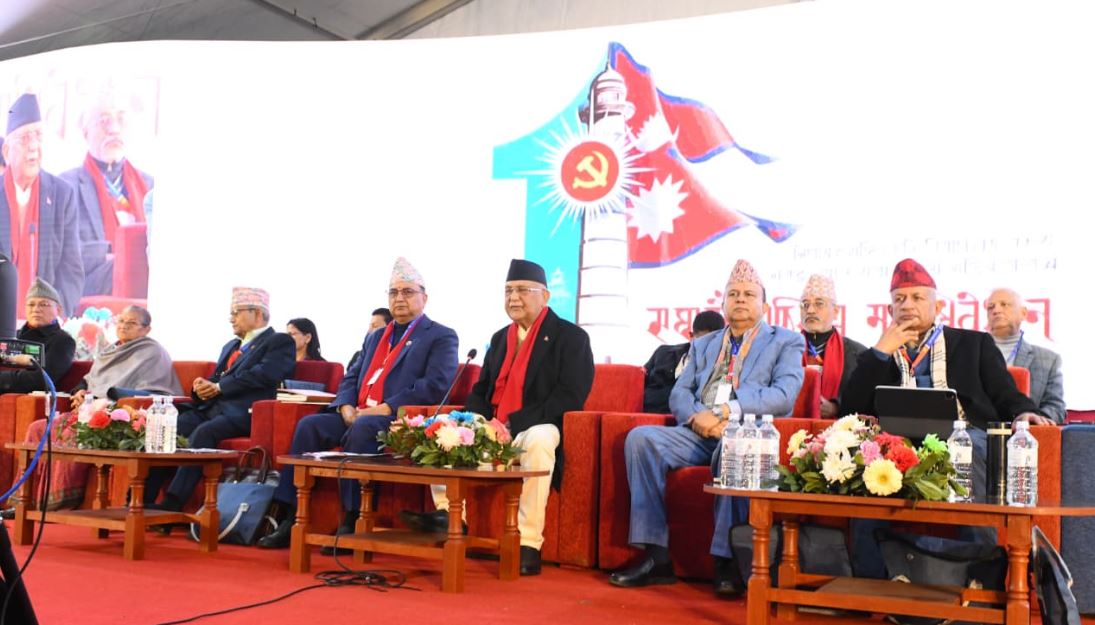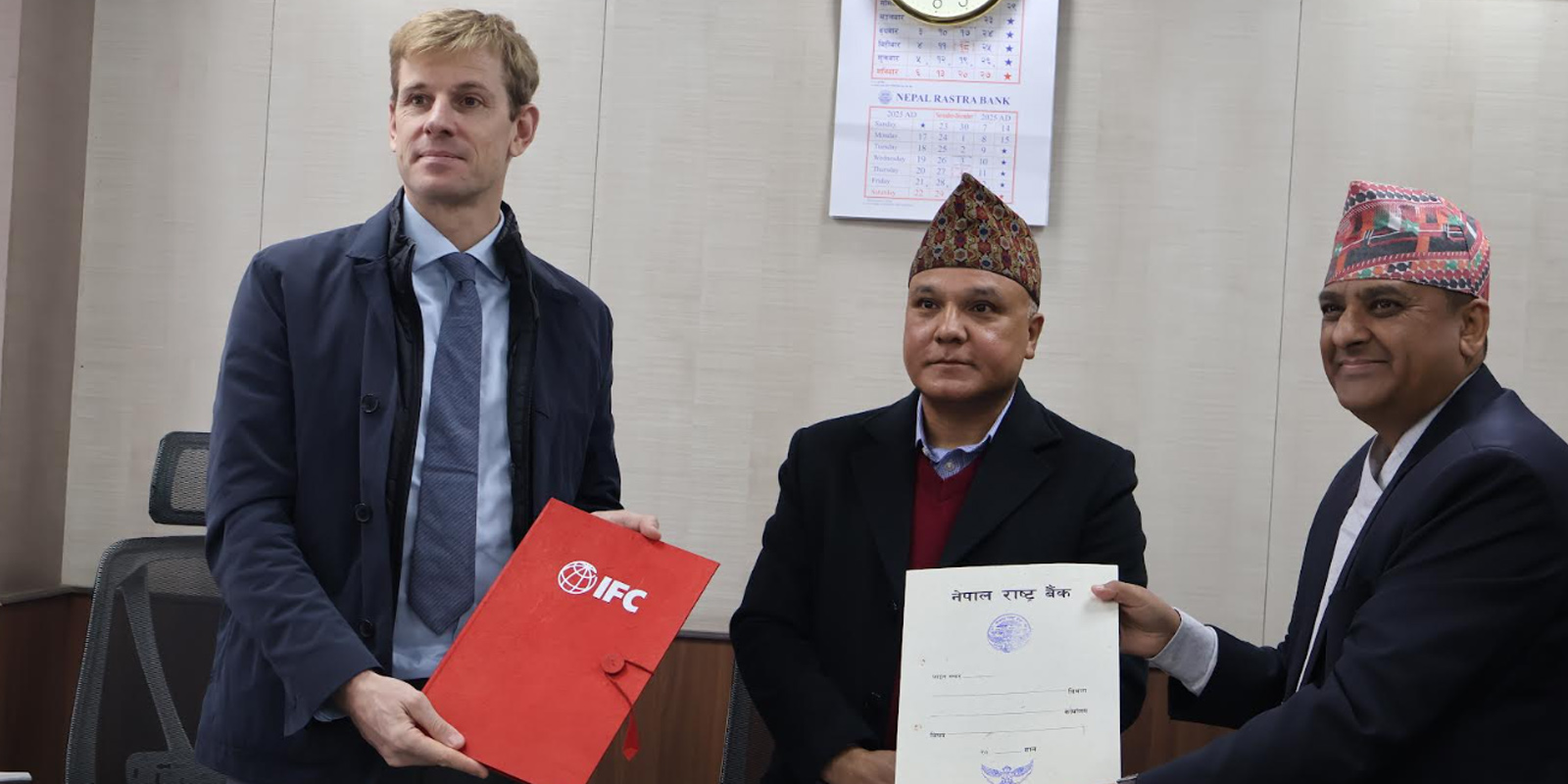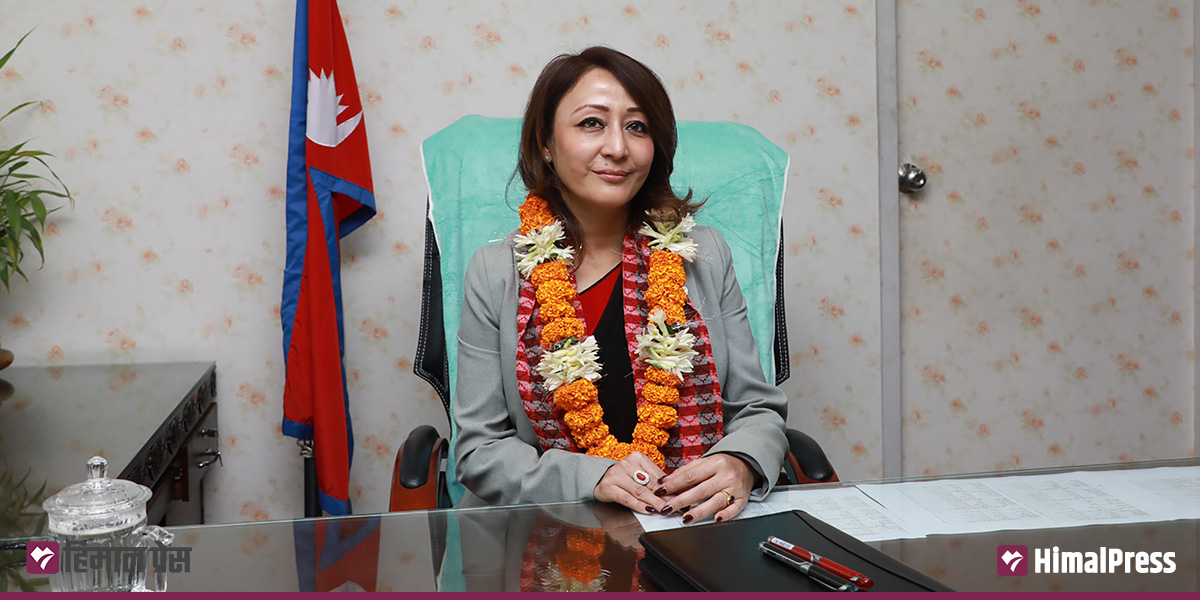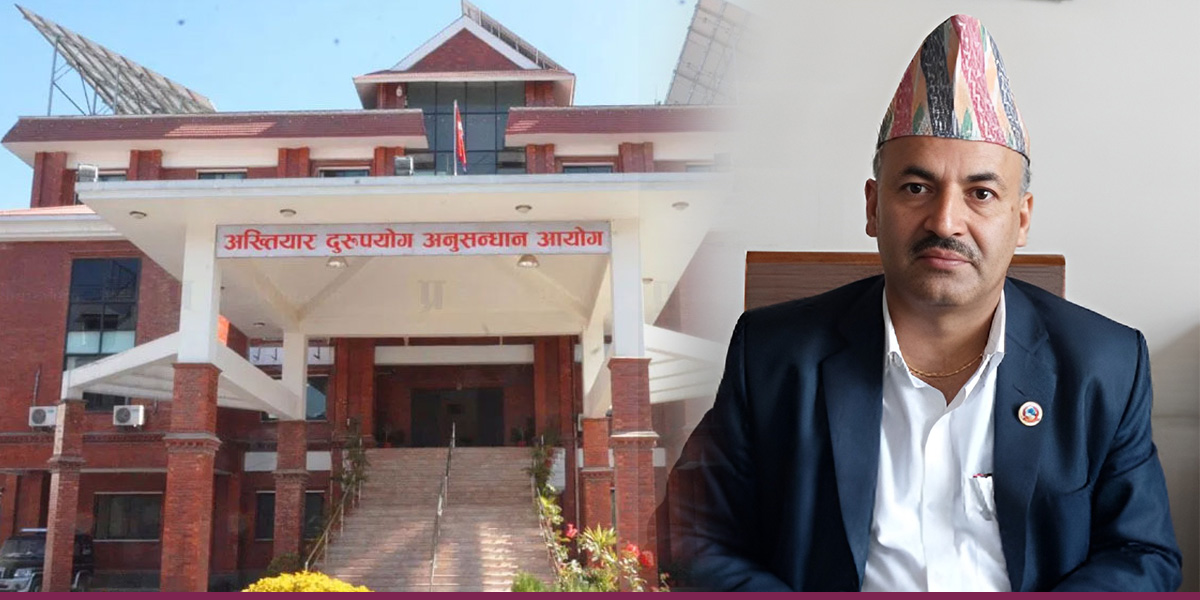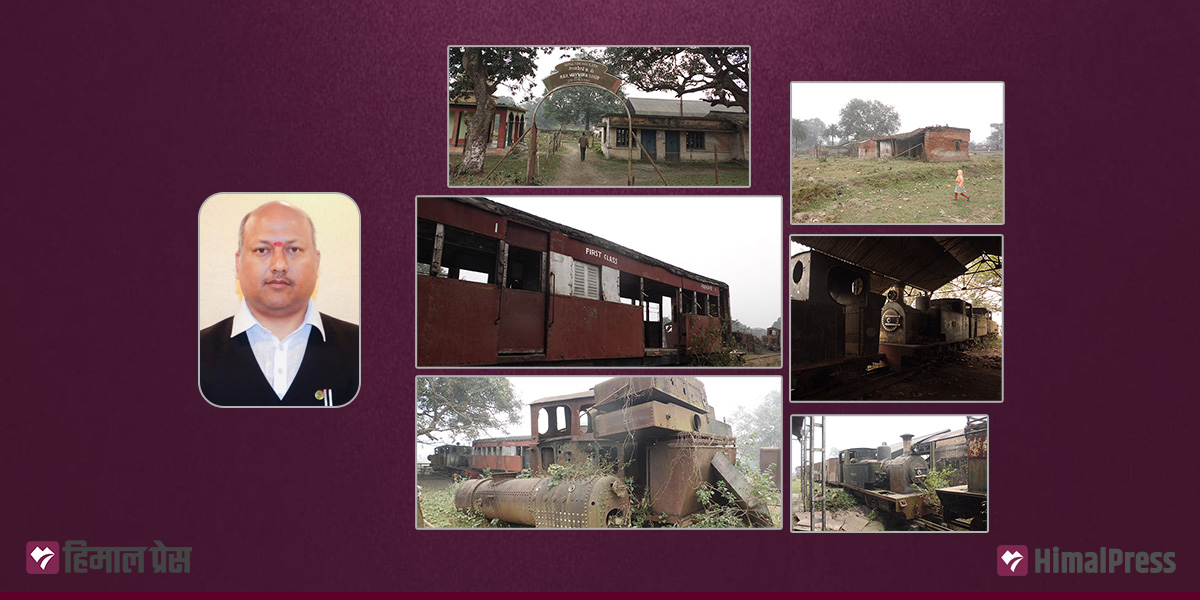
KATHMANDU: Madhesh Chief Minister Satish Kumar Singh is facing criticism for promising a railway museum in Khajuri without advancing any concrete plans.
With the conversion of the narrow-gauge railway to broad-gauge on the Jaynagar-Janakpur-Bijalpura route, old railway parts are being reduced to scrap. Two trains currently run on the new broad-gauge railway track, funded by an Indian government grant as part of the Nepal-India Development Partnership. While India provided financial support for the track, Nepal financed the purchase of the trains.
The regular train service has strengthened the connection between Janakpurdham, the Madhesh Province capital, and eastern Dhanusha, while also facilitating travel to India. Construction of the broad-gauge track began in 2014, with trains operating from Jaynagar in India to Bijalpura in Mahottari for the past two years.
Heritage in the Ruins
Since the construction of the new track, old steam engines, bogies, tracks, and other equipment have been neglected by the government. These relics, now exposed to the elements, are rusting and deteriorating due to a lack of preservation.
Following the dissolution of Nepal Railway, 16 staff members were deployed to protect these assets. However, due to insufficient conservation efforts, engine parts and other materials stored at the Khajuri station factory have begun to disappear.
Historic engines such as Brahma, Bishnu, Ram-Sita, Gorakhnath, Pashupatinath and Mahavir, stored at the Khajuri railway station factory 15 kilometers from Janakpurdham, are in a dilapidated state. Nepal Railway, which operated steam engines until 1993, introduced modern trains on the Janakpur-Jaynagar route after India provided diesel engines and bogies in 1994.
Tourism Potentials
Khajuri locals believe that the preservation of these steam engines, which have been phased out globally, in a museum could attract tourists and boost the local economy. Awadhesh Kamat, a Khajuri resident and vice president of the Dhanusha Chapter of the Federation of Nepali Journalists, said these rare engines are a pride of Madhesh Province. “A museum at Khajuri station would preserve these engines and draw tourists from far and wide,” he said, adding that the nearby Laxmi Narayan temple could further enhance Khajuri’s appeal as a tourist destination.
Economics Professor Dr Surendra Labh said these unique engines and tracks should be preserved as museum artifacts. “We have railway equipment that has disappeared globally,” Labh said. “A museum would not only create a tourist attraction but also drive economic development in the area.”
Labh suggests two types of museums: one dedicated to displaying old railway materials and another featuring a narrow-gauge track where the old trains could run, offering tourists a living heritage experience.
While Khajuri locals initiated efforts to build a museum a few years ago, neither the provincial nor federal government has shown significant interest. Despite this, local efforts continue, hoping to preserve this historical legacy for future generations.
Nepal Railway owns over 10 bighas of land in Khajuri where the old equipment is currently stored. Locals believe this land could easily house a railway museum.
India, home to the world’s largest rail network, has numerous examples of preserved old engines. In Darjeeling, tourists still enjoy steam engine rides, and similar preservation efforts are visible in Patna and Muzaffarpur of Bihar.
Chief Minister’s Assurance
Chief Minister Singh recently visited Khajuri to inspect the old engines and equipment, and assured locals that a railway museum would be built soon.
However, as railway projects fall under the federal government’s jurisdiction, the provincial government alone cannot undertake the project. Singh promised to lobby with the federal government to make the museum a reality. “These rare engines can serve as important artifacts for those studying railway history and also promote regional tourism,” he told locals.
Economist Labh echoed the need for federal cooperation for the railway museum. “The provincial government cannot build a railway museum on its own. This is because railway construction and operation are handled by the federal government,” he said. A coordinated effort and visionary leadership, which the Chief Minister currently lacks, are required.”
Federal Minister for Physical Infrastructure and Transport, Devendra Dahal, also visited Janakpurdham recently and expressed his commitment to initiating work on the railway museum soon.
Rail service between Nepal and India began in 1928 during British rule in India. The track was initially intended for transporting timber and firewood from Nepal. Passenger services on the route were introduced later on.
In 1940, the Maharaja of Darbhanga leased a railway station in Jaynagar to Nepal, facilitating the operation of rail services between the two countries. The station is still operational under this agreement. A 450-meter footbridge connects the Nepali and Indian stations.
The steam-powered narrow-gauge trains took about two and a half hours to cover the 29-kilometer journey from Janakpur to Jaynagar. Steam engines were phased out when Indian Prime Minister Chandrashekhar gifted diesel engines and bogies to Nepal in 1994.




